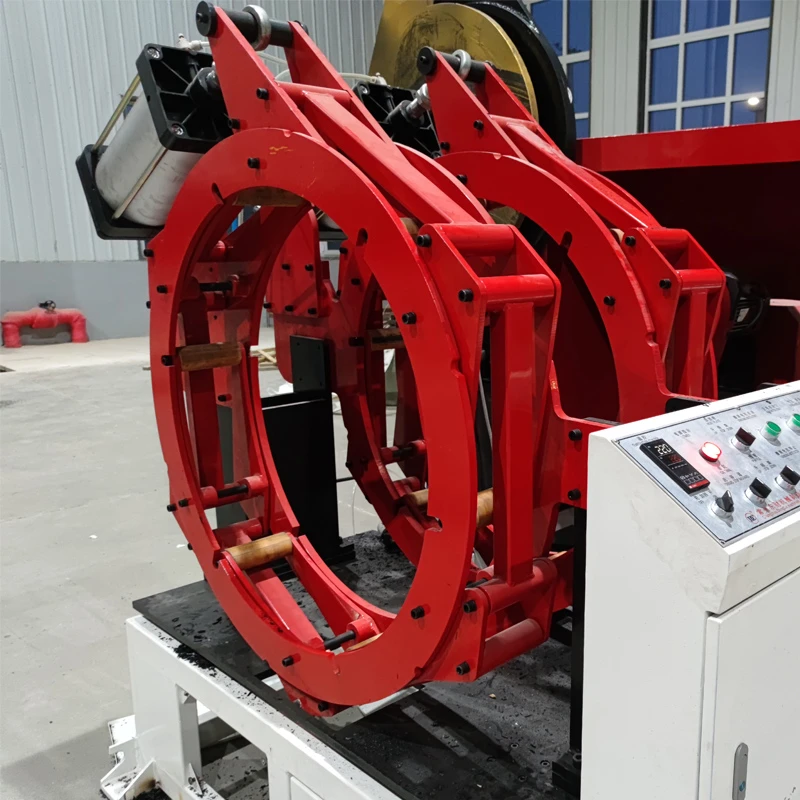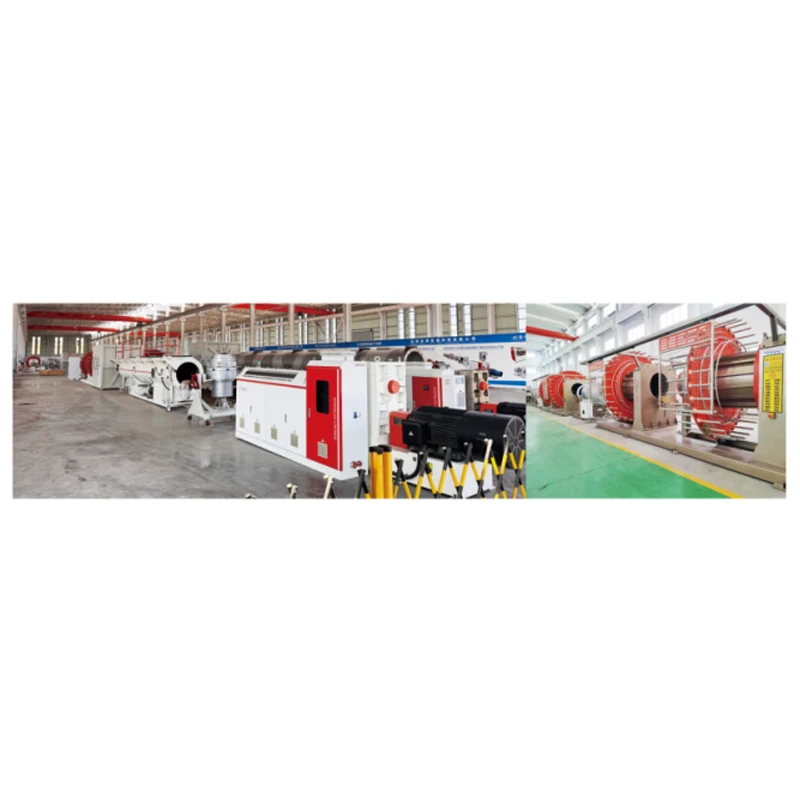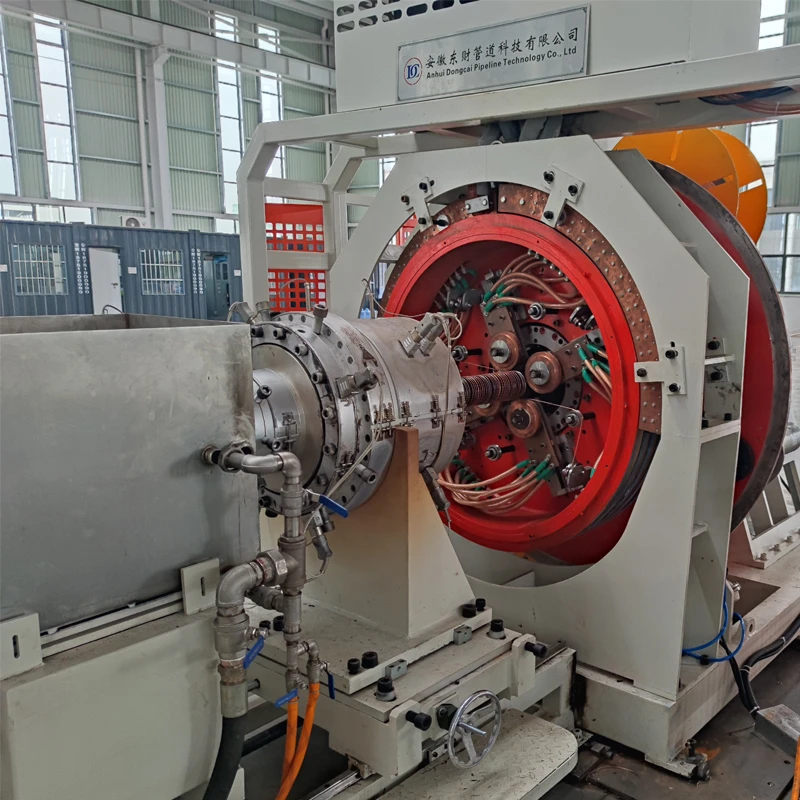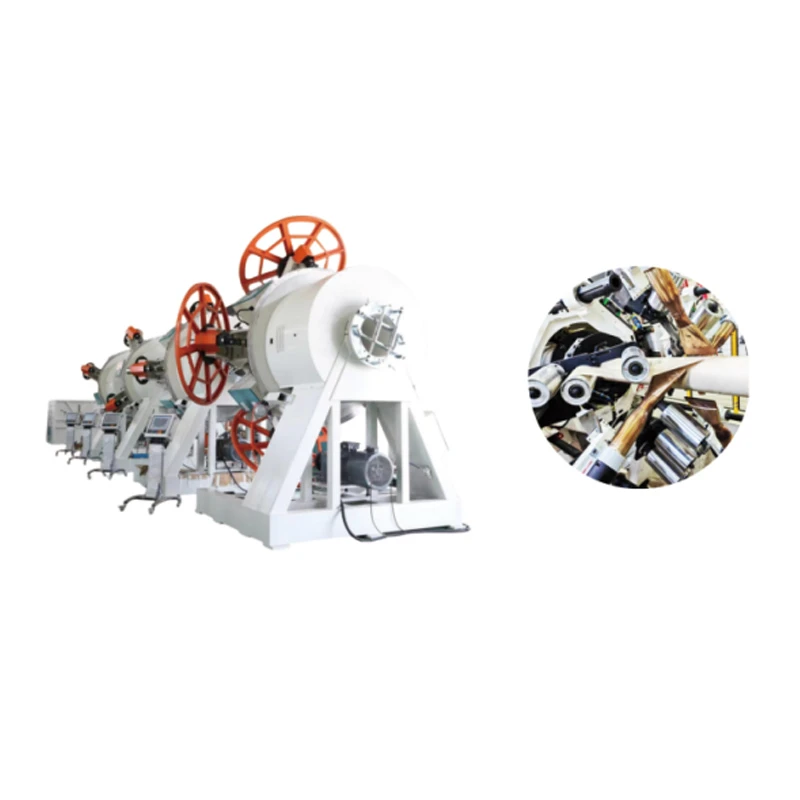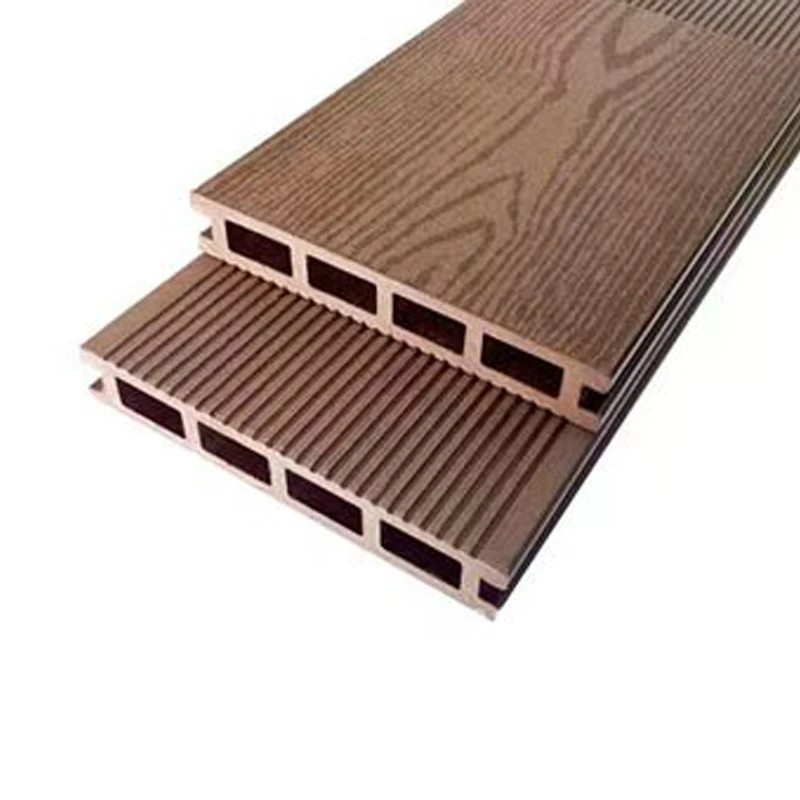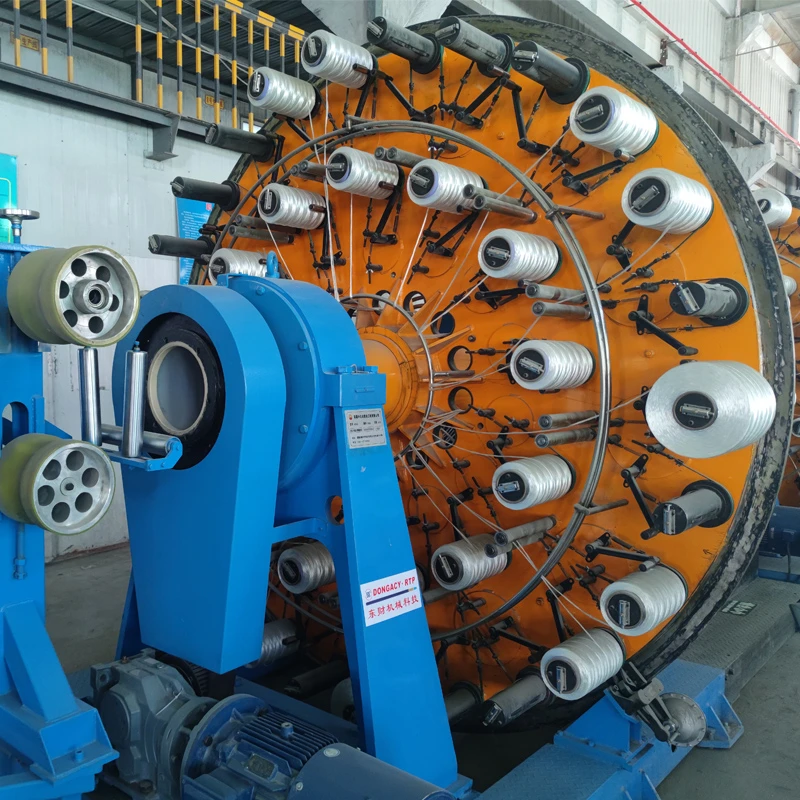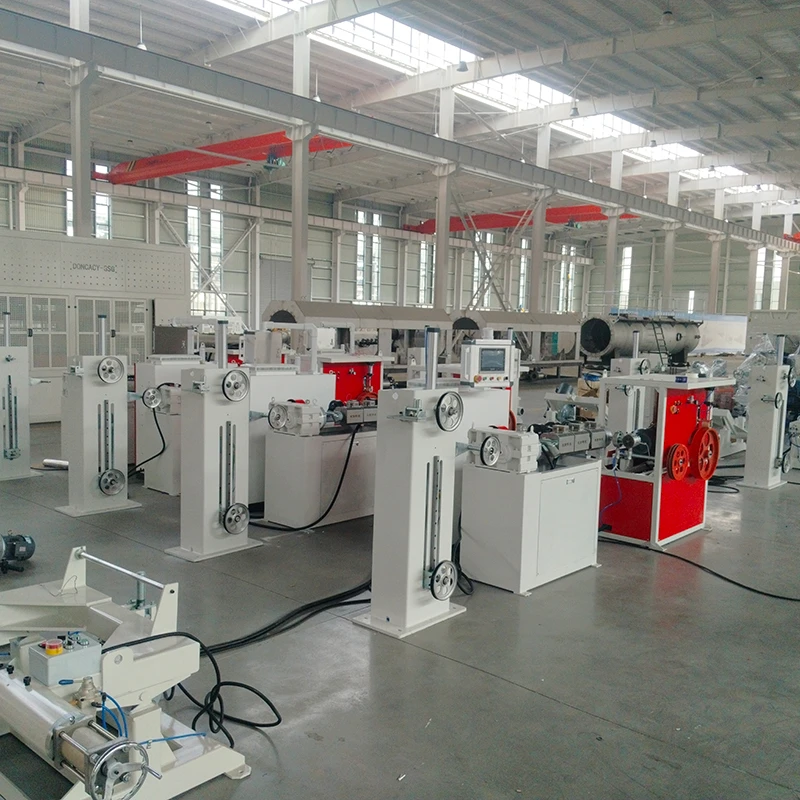
- Introduction to pvc window profile extrusion line
and market overview - Advanced technology and performance advantages
- Comparative analysis of major manufacturers
- Customization options for different production requirements
- Practical application cases in construction and industry
- Challenges and future outlook of the PVC profile production line market
- Conclusion: Unlocking your competitive edge with pvc window profile extrusion line
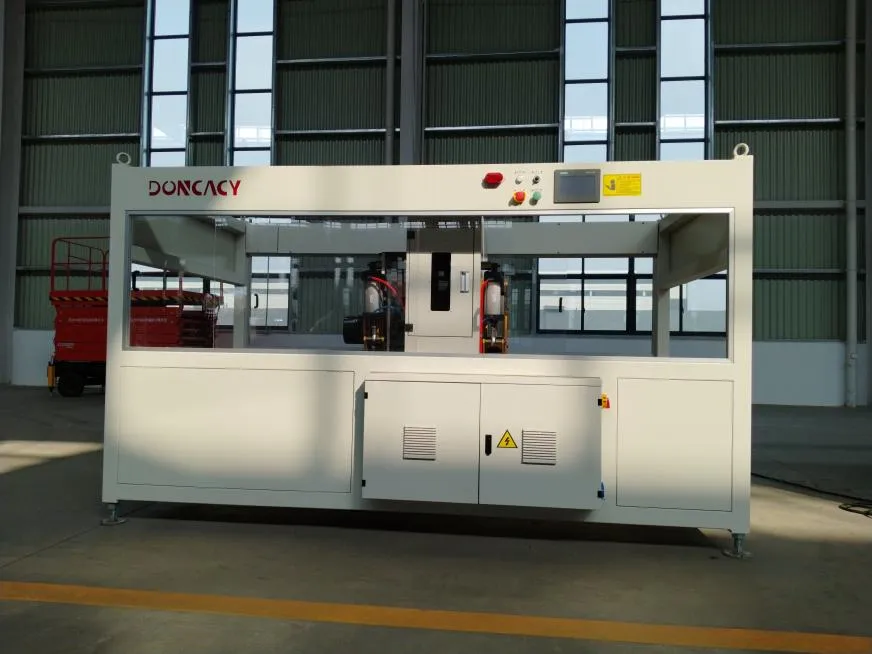
(pvc window profile extrusion line)
Introduction to pvc window profile extrusion line and Market Overview
The demand for energy-efficient building solutions has driven the rapid growth of the pvc window profile extrusion line sector worldwide. As urban infrastructure expands and environmental regulations become stringent, manufacturers are increasingly turning to PVC window profile extrusion lines to deliver high-quality, high-performance products for the window and door market. According to Statista, the global PVC profiles market size was valued at USD 3.6 billion in 2023, with a projected CAGR of 5.1% from 2024 to 2030. Key drivers for this robust growth include affordability, recyclability, and outstanding thermal insulation. Modern pvc profile extrusion line technology ensures consistent output, low material wastage, and remarkable customization capabilities, making it an indispensable asset for architectural fabricators. The following sections delve deeper into the technological evolution, manufacturer landscape, and compelling use cases in diverse environments.
Advanced Technology and Performance Advantages
Today’s pvc profile extrusion line solutions are a mark of remarkable engineering progress. Automated feeding systems, state-of-the-art twin-screw extruders, and smart temperature control units ensure seamless production with minimal human intervention. With line speeds reaching up to 18 meters per minute and profile wall thickness accuracies maintained at ±0.15 mm, modern extrusion lines offer unprecedented levels of quality control. Advanced cooling calibrators reduce residual stress, while servo-driven haul-offs optimize pulling stability, increasing output by as much as 30% compared to conventional production setups.
Another notable technological leap is the integration of IoT-based monitoring and analytics, enabling remote diagnostics and preventive maintenance, thus reducing downtime by up to 22%. Energy-efficient co-extruders contribute to lower electricity usage per ton of processed PVC, directly reducing operational costs and carbon footprint. All these innovations put manufacturers who adopt advanced extrusion lines ahead in both sustainability and profitability.
Comparative Analysis of Major Manufacturers
Choosing the right pvc profile production line provider requires a systematic evaluation of capability, innovation, and service support. The table below provides a comparative overview of four leading global manufacturers, based on criteria that matter most to end-users: line speed, energy consumption, warranty, and after-sales service.
| Manufacturer | Max Line Speed (m/min) | Energy Consumption (kWh/ton) | Warranty Period (years) | Global Service Coverage |
|---|---|---|---|---|
| KraussMaffei | 15 | 330 | 2 | Europe, Asia, Americas |
| Battenfeld-Cincinnati | 18 | 285 | 3 | Worldwide |
| Yizumi | 16 | 300 | 2 | Asia, Middle East, Africa |
| Jwell Machinery | 17 | 295 | 2 | Global |
Compared to industry standards, Battenfeld-Cincinnati leads on line speed and energy efficiency, whereas Jwell Machinery provides broader service coverage and competitive energy performance. All companies offer comprehensive warranty coverage, yet differentiated by their local and global support networks—an essential consideration for international project deployments.
Customization Options for Different Production Requirements
One size does not fit all in the world of PVC profiles. From color flexibility to custom cross-sectional geometry, the paramount advantage of today’s pvc profile extrusion line lies in its tailored configurations. Leading extrusion line manufacturers offer modular design features, enabling easy switching between two or more profile molds, even accommodating co-extrusion with different PVC blends or surface finishes. For example, dual-strand extrusion can double output rates without increasing floor space, essential for mass production environments.
Equipment suppliers also provide integrated solutions for powder dosing, in-line lamination, and automated stackers, meeting the specific challenges found in architectural, automotive, and industrial applications. Whether the client requires hurricane-strength impact resistance or ultra-smooth surfaces for aesthetic appeal, custom die design and fine-tuned process controls ensure the precise realization of any specification. This flexibility, coupled with real-time monitoring, guarantees a high degree of repeatability and minimal quality drift.
Practical Application Cases in Construction and Industry
Application scenarios for PVC profile production are extensive, spanning from residential windows to large-scale infrastructure projects. In a 2023 case study, a European window manufacturer adopted a Battenfeld-Cincinnati extrusion line and reported a 20% reduction in unit production cost and a 15% boost in average tensile strength, surpassing EU energy certification benchmarks. Another success story involves a Southeast Asian supplier utilizing Jwell Machinery’s extrusion line, achieving rapid switchovers between white, anthracite grey, and golden oak finishes to address diversified market demands without extended downtime.
PVC profiles are also making strides in industrial automation, where chemical resistance and dimensional precision are crucial. Custom extruded solutions empower machine builders to design lightweight, corrosion-proof covers, guides, and enclosures, all produced at a fraction of the weight and installation cost compared to aluminum or steel. Such case studies highlight how the versatility and economic advantages of modern PVC profile production lines create new design paradigms across industries.
Challenges and Future Outlook of the PVC Profile Production Line Market
While the technological and economic advantages of pvc profile extrusion line solutions are clear, manufacturers must face evolving challenges. Raw material volatility—in particular, resin price fluctuations—can impact profitability, demanding adaptive procurement strategies and material efficiency innovations. Regulatory pressures regarding emissions and end-of-life recycling are intensifying, prompting a shift to lead-free stabilizers and closed-loop recycling within manufacturing operations. Additionally, labor shortages in high-skill technical roles have accelerated investment in automation and digital training programs.
Looking ahead, the adoption of Industry 4.0 technologies, such as machine learning-driven process optimization and predictive analytics, is set to further elevate line performance and sustainability. The market is anticipated to see not just incremental improvements but also new business models, such as Equipment-as-a-Service (EaaS) and digitally enabled supply chain integration, fostering long-term value creation for both producers and end-users.
Conclusion: Unlocking Your Competitive Edge with pvc window profile extrusion line
Investing in a premium pvc window profile extrusion line is not merely a matter of enhancing capacity—it is a strategic move towards achieving superior product consistency, operational excellence, and market agility. With advanced automation, energy-saving innovations, and proven performance records, top-tier extrusion lines support sustainable, competitive growth in a diverse set of applications. By carefully evaluating technology, customization options, and supplier expertise, manufacturers are not just meeting current market standards but setting benchmarks for the industry’s future.
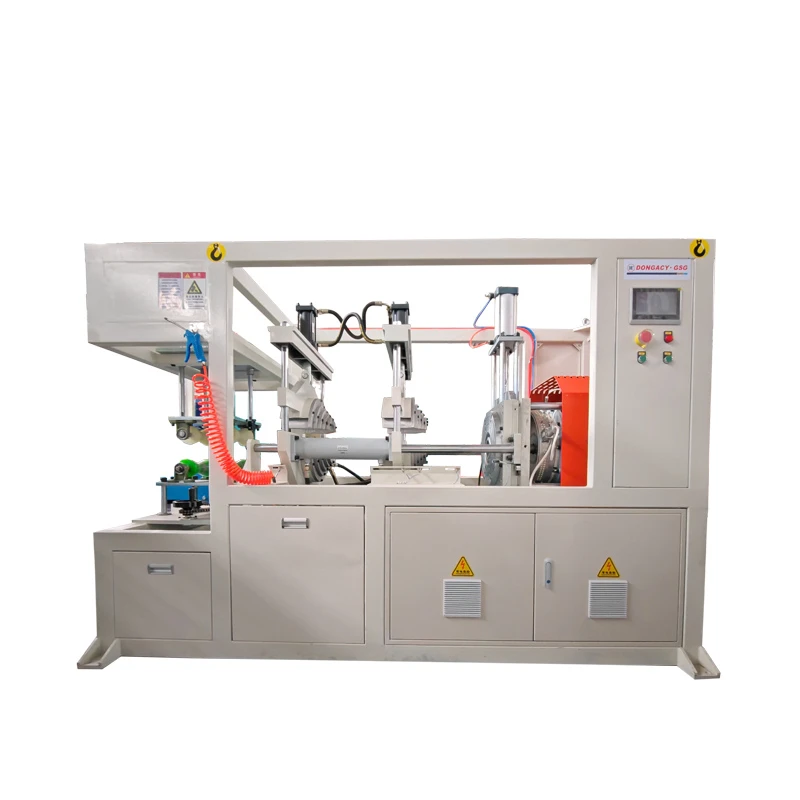
(pvc window profile extrusion line)
FAQS on pvc window profile extrusion line
Q: What is a PVC window profile extrusion line?
A: A PVC window profile extrusion line is a production system used to manufacture window profiles from polyvinyl chloride (PVC). It melts raw PVC powder and shapes it into precise window profiles using specialized molds.Q: How does a PVC profile extrusion line operate?
A: The PVC profile extrusion line heats and extrudes PVC material through a die to form continuous profiles. The profiles are cooled, cut to length, and then finished for use in doors and windows.Q: What are the main benefits of a PVC profile production line?
A: A PVC profile production line offers efficient, high-volume manufacturing with consistent quality. It also provides flexibility in producing various shapes and sizes of window and door profiles.Q: Can a PVC window profile extrusion line produce other types of profiles?
A: Yes, by changing the extrusion die and settings, the line can manufacture PVC profiles for doors, partitions, or other construction elements. Customization is a key feature of these production lines.Q: What are the key components of a PVC window profile extrusion line?
A: The extrusion line typically includes an extruder, die head, calibration table, cooling system, haul-off unit, and cutter. Each component plays a vital role in achieving the desired quality and efficiency.-
PVC Profiles: The Future of Durable and Cost-Effective Construction SolutionsNewsJun.06,2025
-
PVC Pipe Extrusion LineNewsJun.06,2025
-
High-Quality Polyethylene Pipe Production LineNewsJun.06,2025
-
High-Performance Tube Production LineNewsJun.06,2025
-
Advanced Plastic Pipe Production LineNewsJun.06,2025
-
Hdpe Steel Wire Mesh Reinforced Polyethylene Skeleton PipeNewsJun.06,2025
-
Tube and Pipe ManufacturingNewsMay.14,2025

